Simon Darroch
-
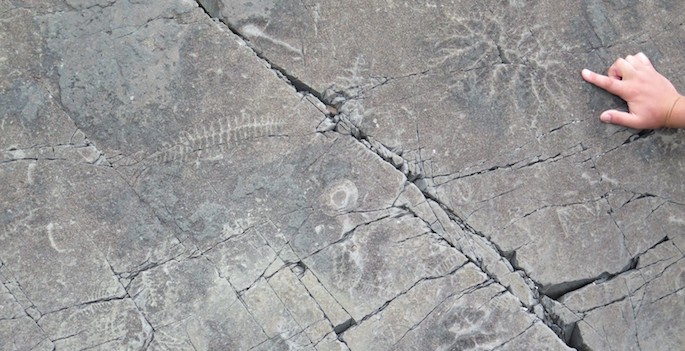
Ediacaran dinner party featured plenty to eat, adequate sanitation, computer model shows
“They are behaving like animals, and that’s a link between them and what we recognize as animals," says paleontologist Simon A.F. Darroch. Read MoreJun 19, 2019
-
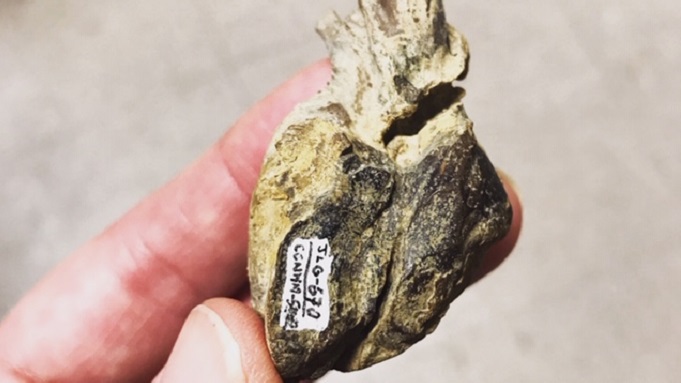
Dolphin ancestor’s hearing was more like hoofed mammals than today’s sea creatures
The team, one of the first in the world to examine the ability’s origins, used a small CT scanner to look inside a 30-million-year-old ear bone fossil from a specimen resembling Olympicetus avitus. Read MoreMay 15, 2019
-
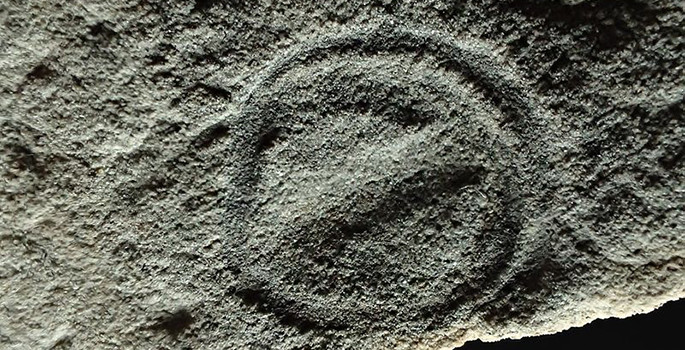
Life in the Precambrian may have been much livelier than previously thought
An interdisciplinary study suggests the strange creatures that lived in the Garden of the Ediacaran more than 540 million years ago may have been much more dynamic than experts have thought. Read MoreMay 18, 2017
-

Research that ruled in 2016: Readers’ favorite stories
Artificial kidneys, gay-straight alliances and junkyard batteries captured readers' attention in 2016. Read MoreDec 16, 2016
-
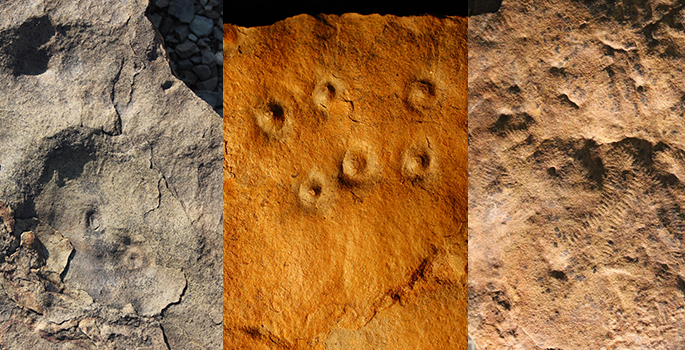
Newly discovered fossils strengthen proposition that world’s first mass extinction engineered by early animals
New fossil evidence strengthens the proposition that the world’s first mass extinction was caused by ‘ecosystem engineers’ – newly evolved organisms that radically altered the environment. Read MoreJul 29, 2016
-
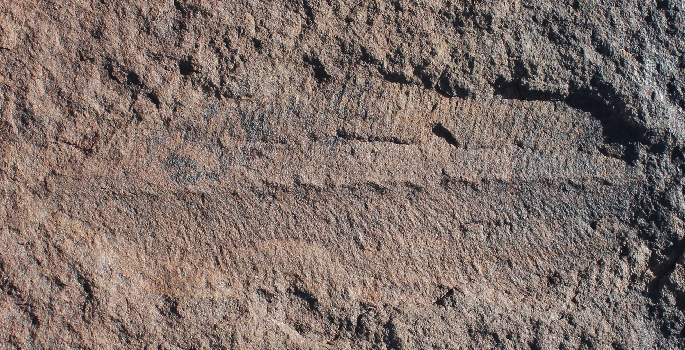
Evidence that Earth’s first mass extinction was caused by critters, not catastrophe
The Earth's first mass extinction event 540 million years ago was caused not by a meteorite impact or volcanic super-eruption, but by the rise of early animals that dramatically changed to prehistoric environment. Read MoreSep 2, 2015